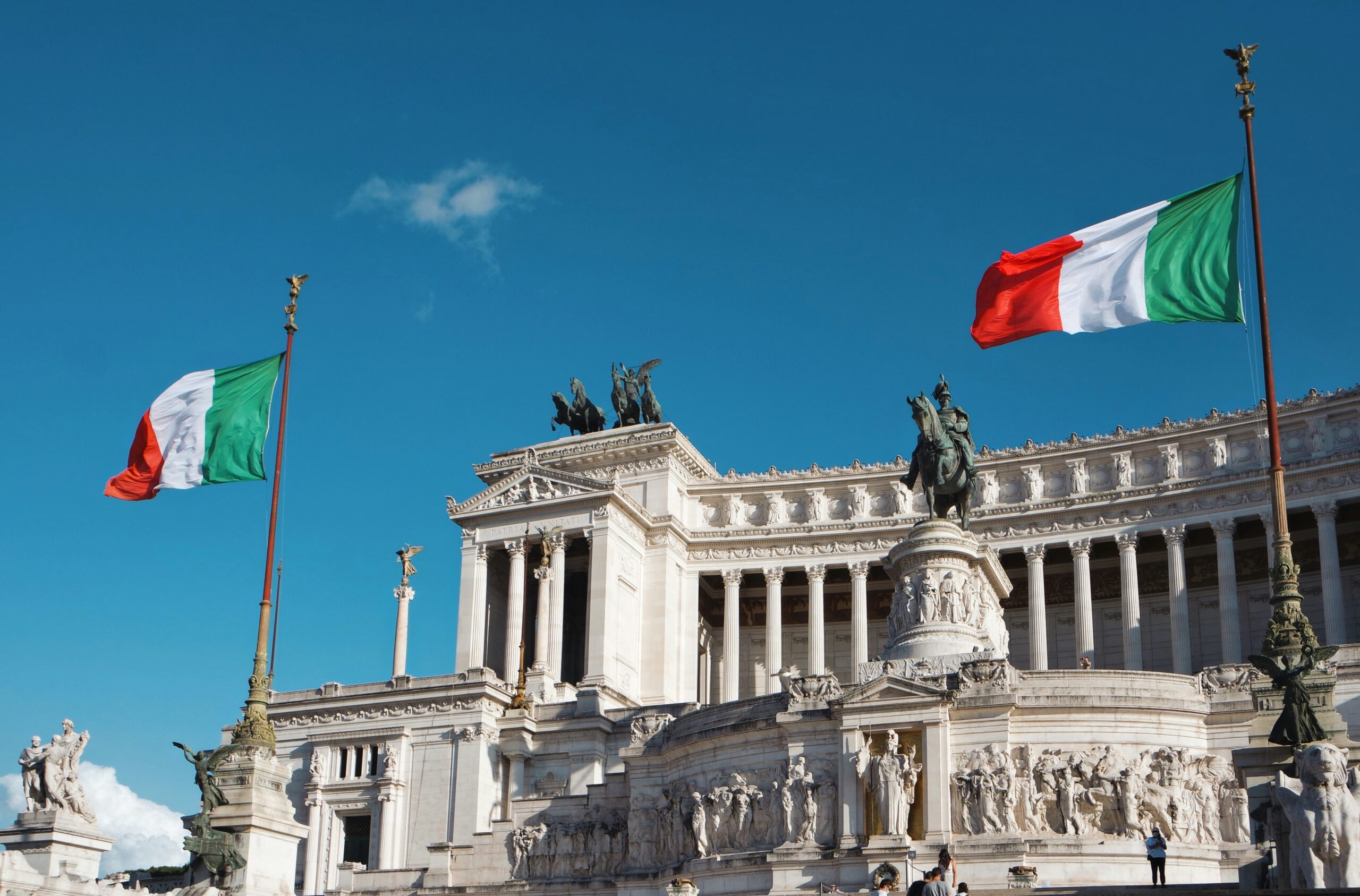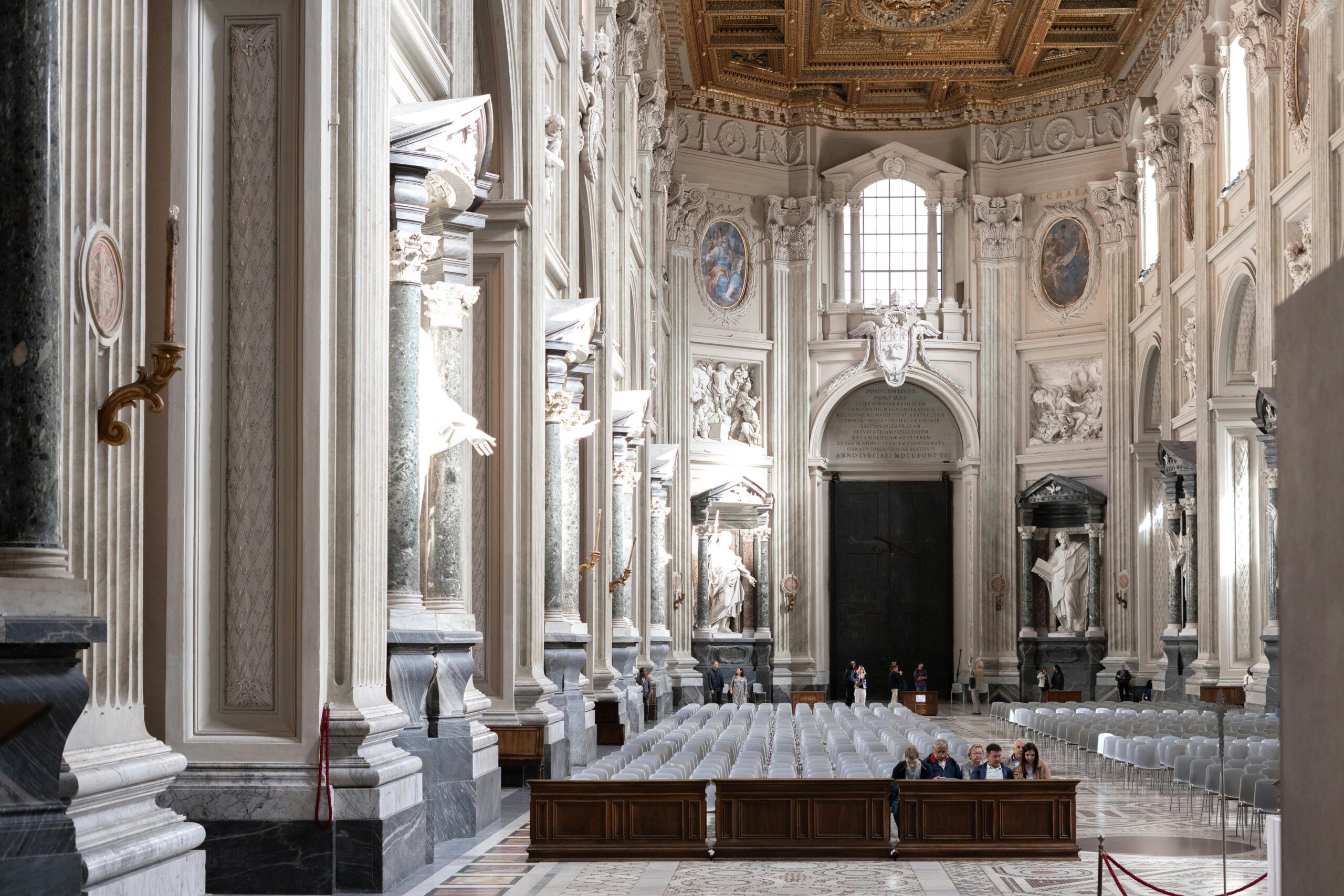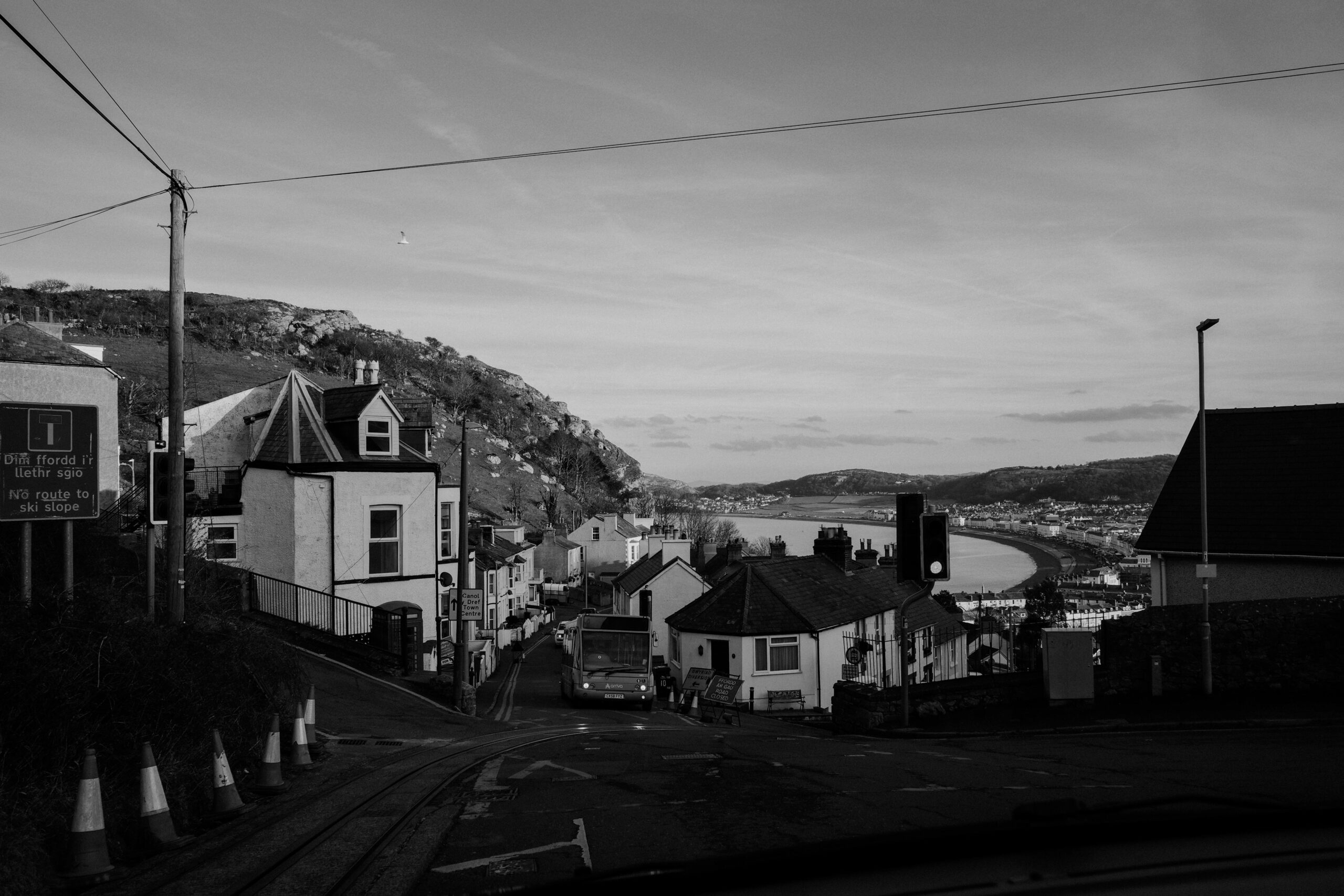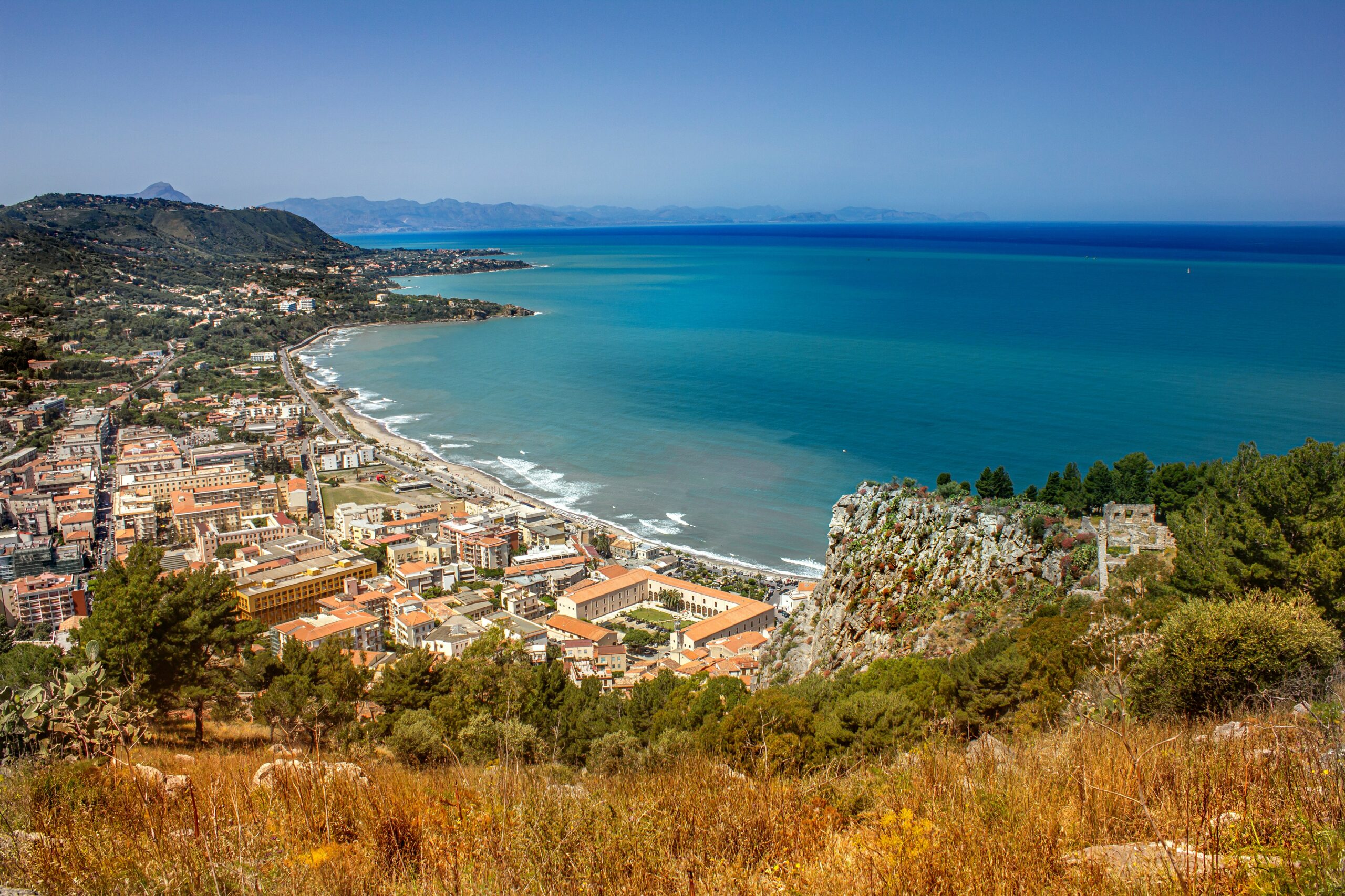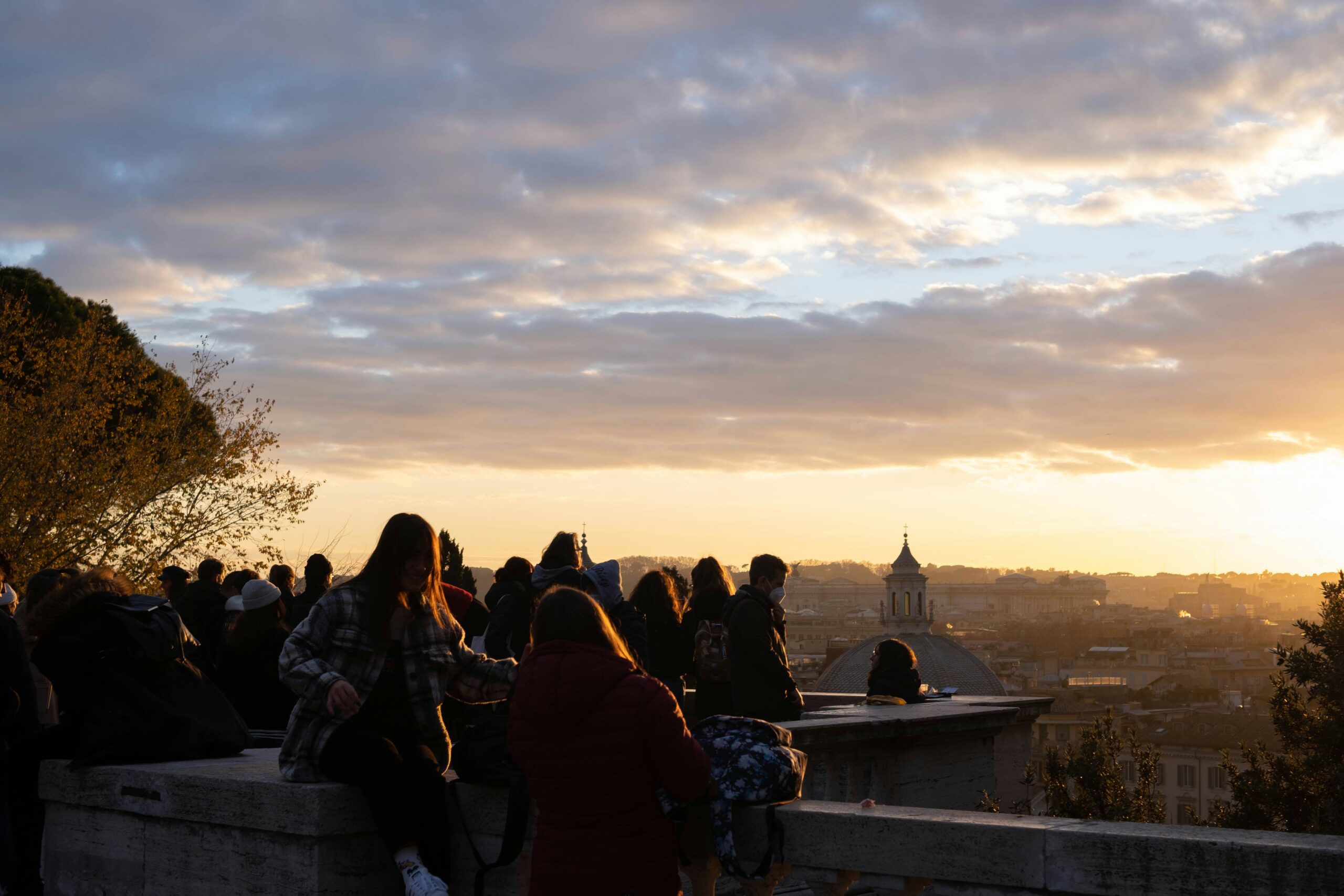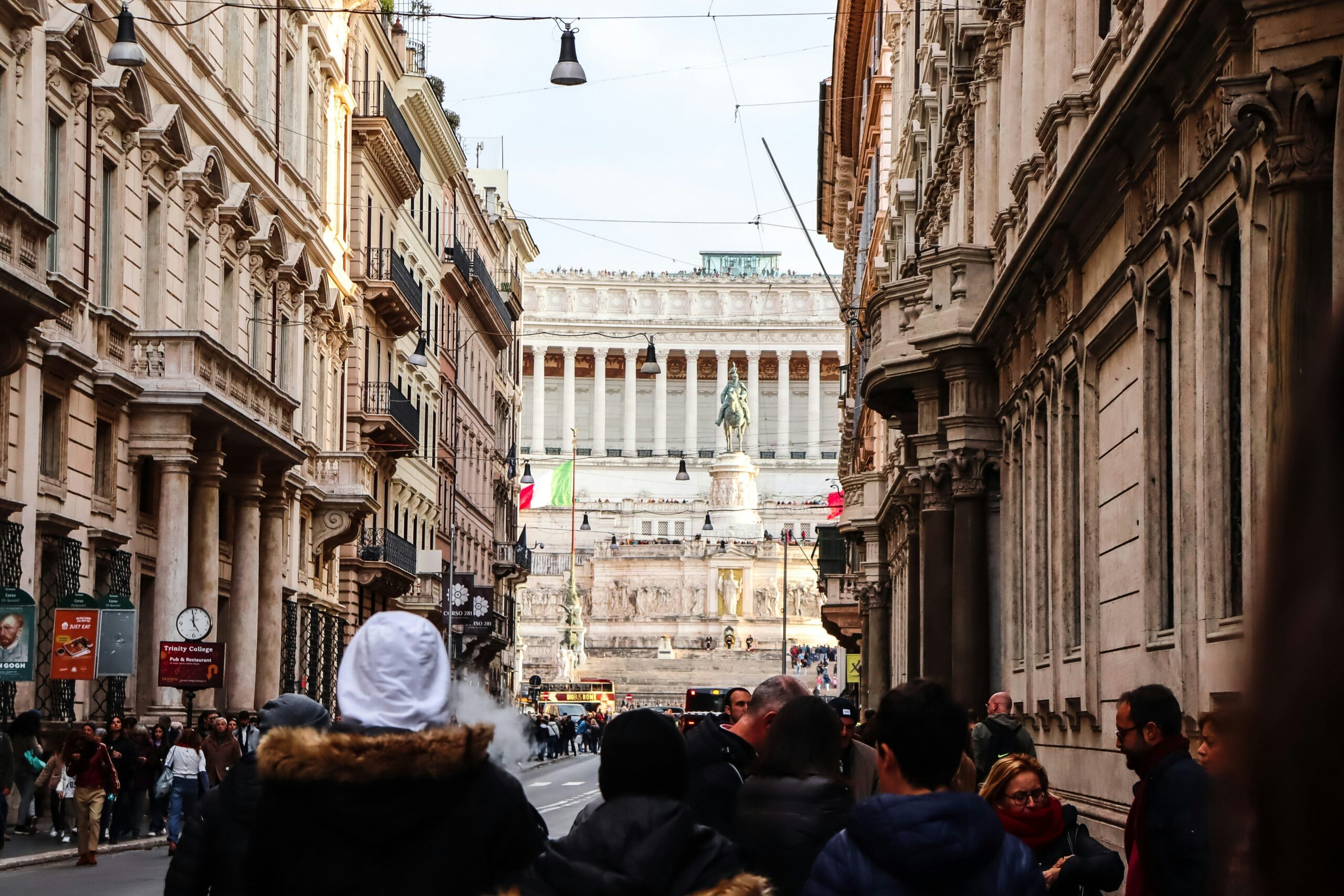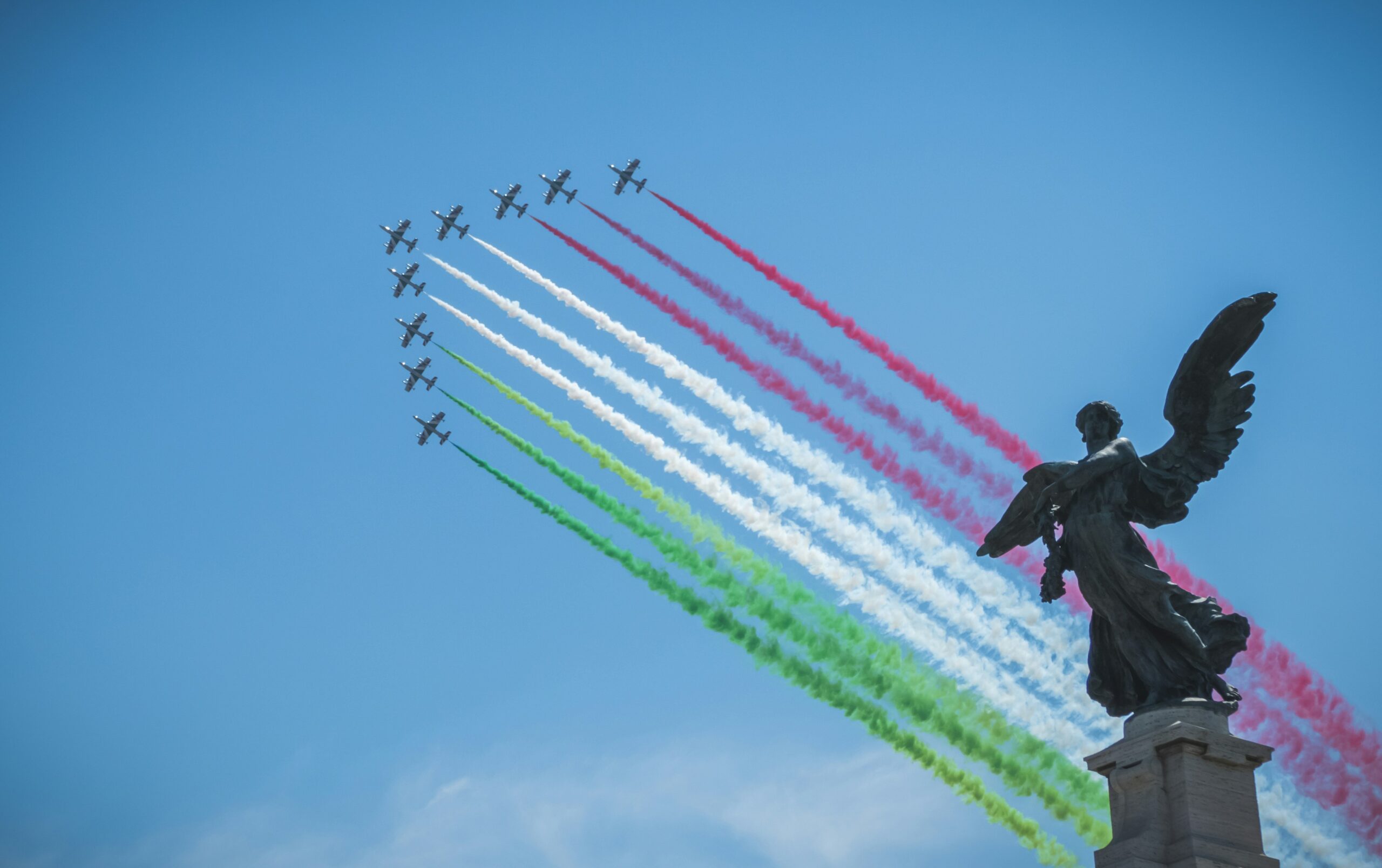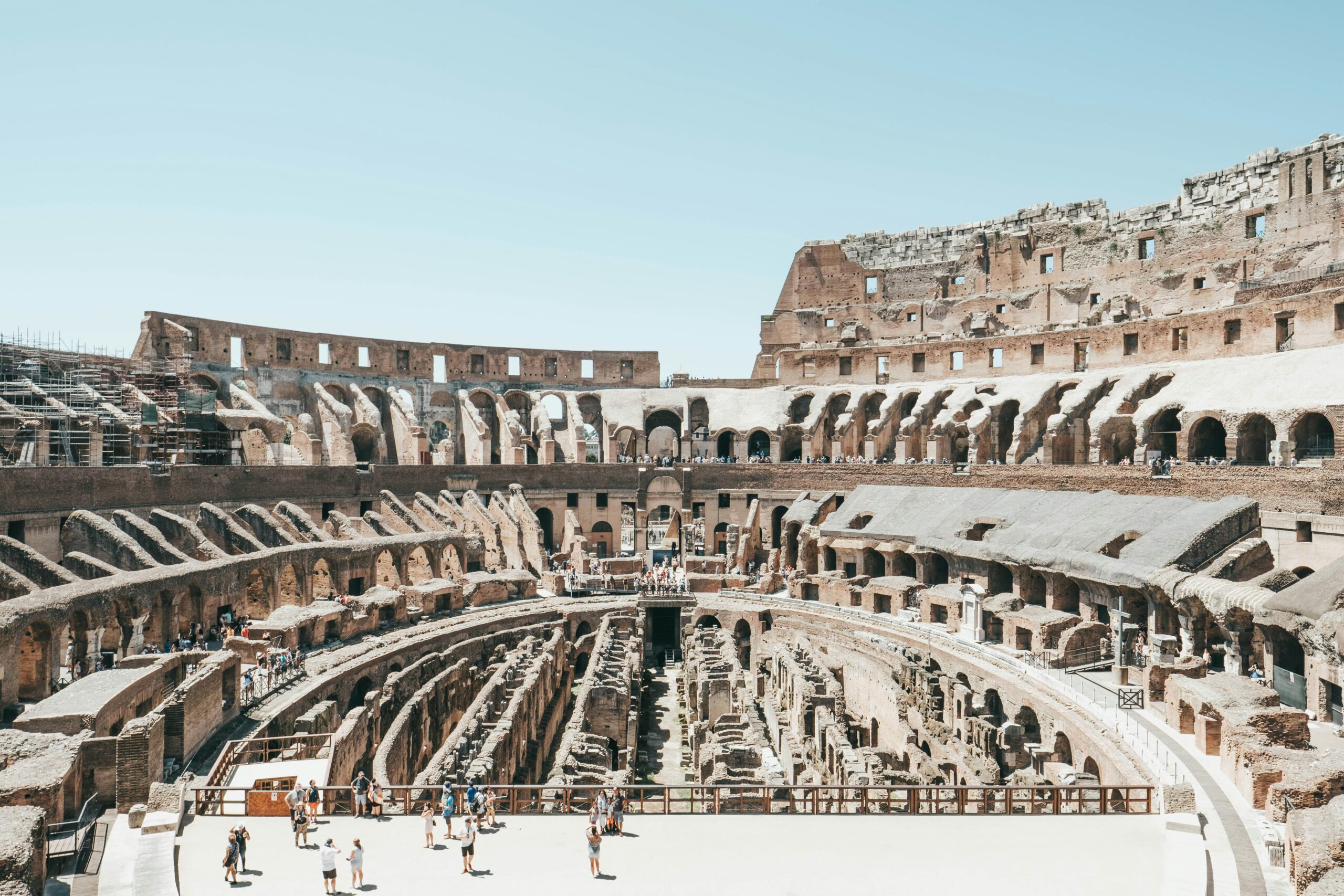Exploring Italy's Cultural Regions | A Tapestry of Traditions
Exploring Italy’s Cultural Regions: A Tapestry of Traditions
Italy is not just a country; it’s a mosaic of cultural regions, each with its traditions, dialects, festivals, and flavors. From the Alpine peaks in the north to the sun-soaked coasts in the south, Italy’s cultural diversity is as breathtaking as its landscapes. Whether you’re a history enthusiast, a food lover, or simply curious about this enchanting country, exploring Italy’s cultural regions offers an immersive experience into the heart of its identity.
Northern Italy: The Crossroads of Europe
- Trentino-Alto Adige
Cultural Influence: Germanic and Italian.
Nestled in the Alps, this region’s culture is a unique blend of Italian and Austrian traditions.
Highlights:
- Language Diversity: Italian and German are both official languages, with Ladin spoken in some valleys.
- Cuisine: Hearty dishes like speck (cured ham) and knödel (dumplings), paired with crisp local wines.
- Festivals: The Christmas markets in Bolzano and Merano showcase Alpine traditions with mulled wine, artisanal crafts, and festive lights.
Cultural Insight: Visit the South Tyrol Museum of Archaeology in Bolzano to meet Ötzi, the 5,300-year-old iceman, and learn about ancient Alpine life.
- Friuli Venezia Giulia
Cultural Influence: Slavic, Austrian, and Italian.
This northeastern gem bridges Italy with Central Europe, offering a rich tapestry of cultural experiences.
Highlights:
- Wine Culture: The Collio region produces world-class white wines, including Friulano and Ribolla Gialla.
- Architecture: Trieste’s Habsburg-style buildings blend grandeur with Mediterranean charm.
- Cuisine: Unique dishes like jota (bean and sauerkraut soup) and frico (fried cheese and potato dish).
Cultural Insight: Explore the Risiera di San Sabba in Trieste, a moving WWII memorial site that once served as a concentration camp.
Central Italy: The Birthplace of Renaissance and Beyond
- Tuscany
Cultural Influence: Renaissance and Etruscan heritage.
Tuscany’s cultural contributions to art, literature, and science are immeasurable.
Highlights:
- Artistic Legacy: Florence’s Uffizi Gallery and Accademia house works by Botticelli, Michelangelo, and da Vinci.
- Cuisine: Savor ribollita (vegetable soup), pappa al pomodoro (bread and tomato soup), and classic Chianti wines.
- Festivals: The Palio di Siena, a bareback horse race in Siena’s Piazza del Campo, is a thrilling tradition dating back centuries.
Cultural Insight: Discover the ancient Etruscan roots of Tuscany in the archaeological sites of Volterra and Fiesole.
- Umbria
Cultural Influence: Spirituality and Medieval Charm.
Known as the “Green Heart of Italy,” Umbria offers tranquility and a deep connection to its spiritual roots.
Highlights:
- Religious Heritage: Assisi’s Basilica of St. Francis is a UNESCO World Heritage site and a pilgrimage destination.
- Festivals: The Umbria Jazz Festival in Perugia attracts global talent, while medieval reenactments bring history to life.
- Cuisine: Black truffles, cured meats, and lentils from Castelluccio are culinary highlights.
Cultural Insight: Explore Orvieto’s underground city, a labyrinth of caves and tunnels revealing centuries of history.
Southern Italy: Tradition Meets Vibrancy
- Campania
Cultural Influence: Ancient Roman and Mediterranean.
Campania is a region where history, art, and cuisine converge to create a vibrant cultural experience.
Highlights:
- Historical Sites: Pompeii and Herculaneum provide unparalleled insights into Roman daily life.
- Cuisine: Naples is the birthplace of pizza, but the region also boasts seafood delicacies like spaghetti alle vongole (clams) and desserts such as sfogliatella.
- Festivals: The Feast of San Gennaro in Naples is a spectacular display of devotion and celebration.
Cultural Insight: Wander through Naples’ Spanish Quarter to experience vibrant street art, music, and authentic local life.
- Apulia (Puglia)
Cultural Influence: Greek, Norman, and Mediterranean.
The “heel” of Italy’s boot, Apulia is steeped in history and traditions, with a strong emphasis on agriculture and craftsmanship.
Highlights:
- Architecture: Alberobello’s trulli houses, with their conical roofs, are a UNESCO World Heritage site.
- Cuisine: Orecchiette pasta with turnip tops, fresh seafood, and olive oil are regional staples.
- Festivals: The Taranta Night celebrates folk music and dance, bringing communities together.
Cultural Insight: Visit the ancient olive groves, some trees dating back over 2,000 years, and learn about Apulia’s role in olive oil production.
Island Cultures: A World Apart
- Sicily
Cultural Influence: Greek, Arab, Norman, and Spanish.
Sicily’s cultural richness is unparalleled, shaped by centuries of diverse rule.
Highlights:
- Archaeology: The Valley of the Temples in Agrigento showcases the grandeur of ancient Greek civilization.
- Cuisine: Try arancini (stuffed rice balls), caponata (eggplant dish), and cannoli.
- Festivals: The Feast of Santa Rosalia in Palermo combines religious devotion with lively parades and fireworks.
Cultural Insight: Explore Monreale’s cathedral, where Arab, Norman, and Byzantine influences blend seamlessly.
- Sardinia
Cultural Influence: Prehistoric Nuragic, Catalan, and Italian.
Sardinia’s unique identity stems from its isolation and ancient roots.
Highlights:
- Historical Sites: The Nuraghe Su Nuraxi, a prehistoric stone structure, is a UNESCO World Heritage site.
- Cuisine: Indulge in malloreddus (Sardinian pasta) and pane carasau (crispy flatbread).
- Festivals: The Cavalcata Sarda showcases traditional costumes, music, and horse parades.
Cultural Insight: Sail through the Maddalena Archipelago, discovering unspoiled islands with turquoise waters and a rich naval history.
How to Experience Italy’s Cultural Regions
- Embrace Regional Festivals: Time your visit with a local festival to experience traditions firsthand.
- Explore Local Cuisine: Each region offers unique dishes that tell the story of its history and geography.
- Learn the Dialects: While Italians unite the country, regional dialects add flavor to the culture.
- Engage with Locals: Participate in workshops or guided tours to connect with the community and their traditions.
Summary & Insights
Italy’s cultural regions are a testament to its rich and diverse heritage. Each area offers a unique perspective on the country’s history, traditions, and way of life. Whether you’re exploring Sicily’s ancient ruins, savoring Tuscany’s wines, or wandering through Umbria’s medieval towns, you’ll find that Italy is a mosaic of cultures waiting to be discovered. Plan your journey to immerse yourself in the heart of Italy’s soul.


